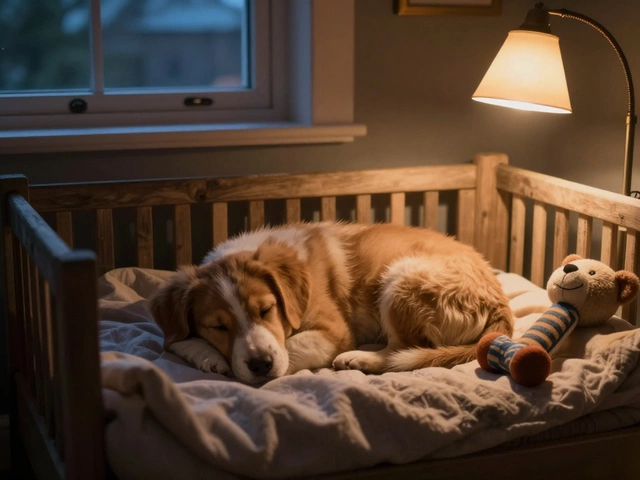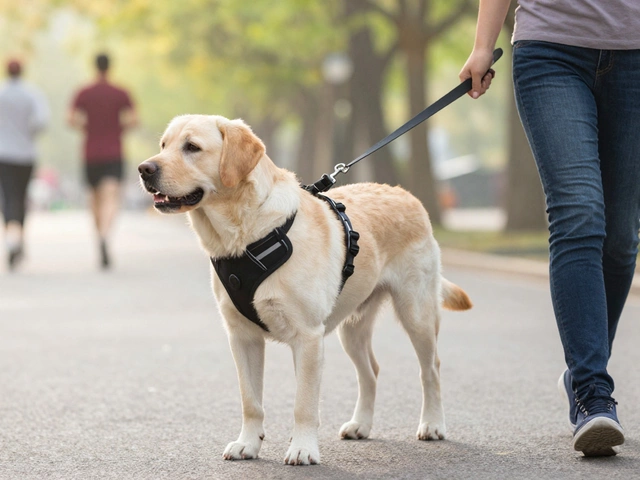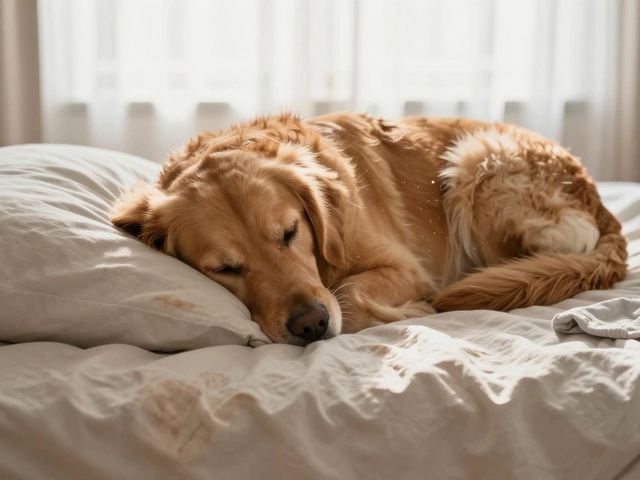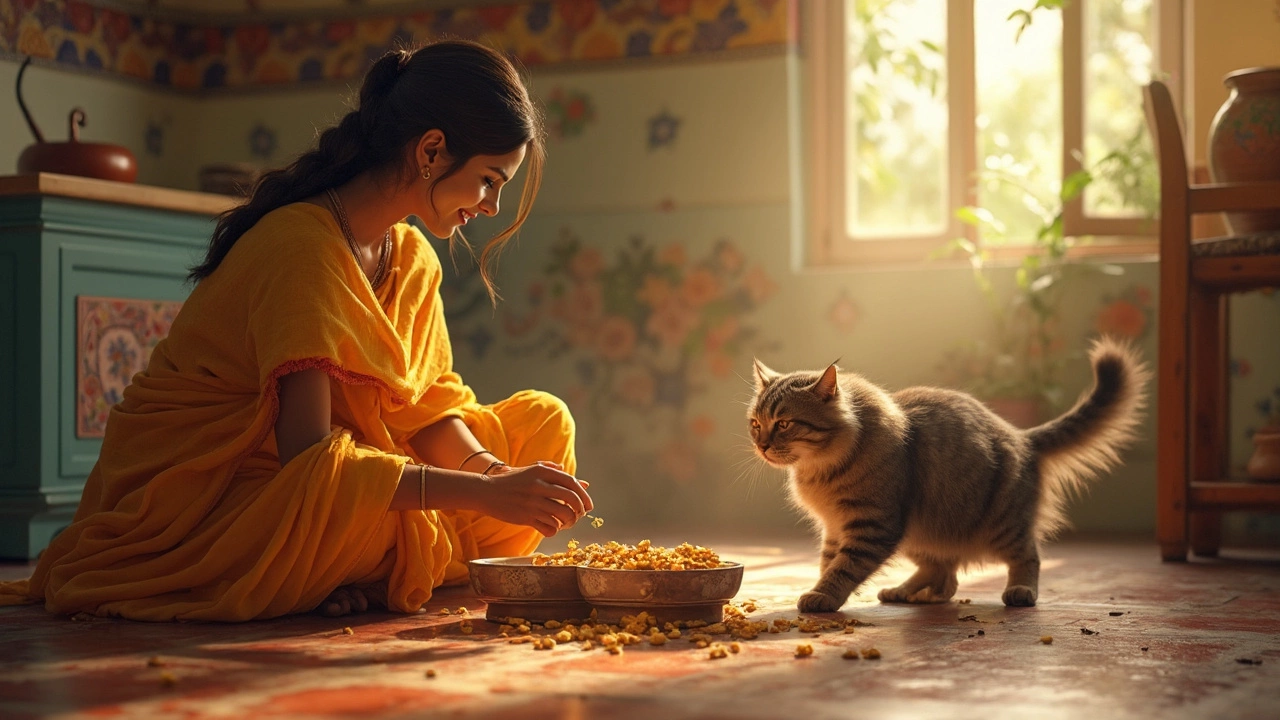
If you’ve ever watched your cat sniff at dry food, then trot off in protest, you’re not alone. My own kid, Wren, could write a book on our cat’s mysterious eating habits. So, is it okay to mix wet and dry food? Absolutely. Lots of people do it, and there are some good reasons to consider.
Mixing wet and dry food lets you balance taste, texture, and nutrition for your cat. Wet food helps with hydration and is usually more enticing for picky or older cats. Dry food is handy, keeps well in the bowl, and helps out with dental health if your cat crunches it. Combining the two gives your cat variety and can make meals more satisfying, especially if you have a grazer who nibbles throughout the day.
Start simple—a spoonful of wet food on top of the usual kibble or even mixing it together until you find a ratio your cat loves. It’s not all about flavor, either. Some cats with dental issues will find wet food easier to eat, but mixing in a little dry food offers a satisfying crunch without forcing them to chomp down on a mouthful of hard pieces.
- Why Mix Wet and Dry Cat Food?
- What to Keep in Mind When Mixing
- How to Switch Up Your Cat’s Routine
- Common Questions and Helpful Tips
Why Mix Wet and Dry Cat Food?
If you’re standing in the pet food aisle feeling stuck between wet vs. dry, you’re not alone. Mixing the two isn’t just about spoiled cats wanting variety (though, let’s face it, they do). It’s actually a smart move for their health and happiness. Here’s what happens when you serve both:
- Wet food adds needed moisture. Cats don’t always drink much water, especially if they’re on a steady diet of kibble. Since wet food contains around 75% water, it helps keep your cat hydrated—super important for kidney and urinary health.
- Dry food helps with dental crunch. Some vets say the crunchy texture of dry food may gently scrape tartar from teeth as your cat chews, which is good for gum health.
- Mixing gives the best of both worlds. Picky eaters get more variety, and it’s easier to adjust nutrition if your cat’s needs change with age, weight, or health issues.
According to a survey by the Association for Pet Obesity Prevention, about 60% of cats in the US are overweight or obese. Mixing foods lets you tailor portions to your cat’s calorie needs, making weight management just a bit easier to handle. Take a look at how wet and dry food stack up:
| Food Type | Moisture Content | Calories per Cup | Best For |
|---|---|---|---|
| Wet Food | ~75% | 150-200 | Hydration, picky eaters, dental issues |
| Dry Food | ~10% | 350-500 | Easy feeding, free feeding, crunch preference |
Using a mix also helps stretch your budget. Wet food is more expensive by weight, but blending saves money while still delivering the flavor kick your cat craves. And if you ever have to give medicine, hiding it in a scoop of canned food just works better. When it comes to cat food, mixing is a no-fuss way to cover all bases—hydration, crunch, and nutrition, all in one bowl.
What to Keep in Mind When Mixing
If you plan on mixing wet and dry food for your cat, there are a few things that really matter for keeping your cat healthy—and your floors clean.
First up: portion control. Wet food is denser and packs more calories into each bite compared to dry kibble. If you just pile one on top of the other, it’s super easy to overfeed. Check the feeding guides on both the wet and dry food labels and adjust your mix so the total calories match what your cat needs for their age, weight, and activity. For example, most indoor cats need around 20 calories per pound each day. If your cat is 10 pounds, shoot for about 200 calories a day from all sources combined.
| Type | Calories per 100g | Typical Serving Size |
|---|---|---|
| Dry Food | 300-400 | 40-60g |
| Wet Food | 70-120 | 85g (one can or pouch) |
Kibble can sit around for a while, but wet food spoils quickly. If your cat tends to graze, only mix what they can finish in about an hour. Anything left out longer starts to attract bacteria (and bugs if you’re not careful). Also, once you open a can or pouch, stash the leftovers in the fridge and use within two days.
Switching up your cat's menu can cause stomach trouble if you go too fast. A sudden change in food (even just adding wet to dry) can mean soft stools, vomiting, or straight-up meal refusal. Take five to seven days to slowly introduce the mix, upping the wet food a little each day until you’ve got your preferred blend.
Another biggie: cat food brands aren’t always totally interchangeable, and each company balances nutrients a little differently. Mixing two random brands can throw off the balance of vitamins and minerals, like calcium-to-phosphorus ratio or taurine. Stick to cat foods with similar nutrition profiles, or—best option—pick one brand that offers both dry and wet options so they’re designed to work together.
“If you’re going to mix wet and dry foods, always do the math on calories and keep an eye on your cat’s weight. It’s best to talk to your vet about new combos, especially if you’ve got a cat with health issues,” says Dr. Lisa Pierson, DVM.
- Keep water nearby. Cats get extra hydration from wet food, but always make sure there’s fresh water—even the most hydrated cat can use more.
- Don’t forget dental care. Wet food’s soft and easy, but doesn’t clean teeth. You’ll want to brush your cat’s teeth or toss in dental treats if your mix leans heavy on the wet side.
- Don’t force it. Some cats are super picky about texture. If your cat only licks off the wet and leaves the dry, it’s totally normal. Try a little less wet, or stir it in more.
The biggest takeaway? Mixing can work well, but a little planning keeps your cat healthy. Watch calories, avoid letting food sit too long, and check with your vet if you’re unsure.
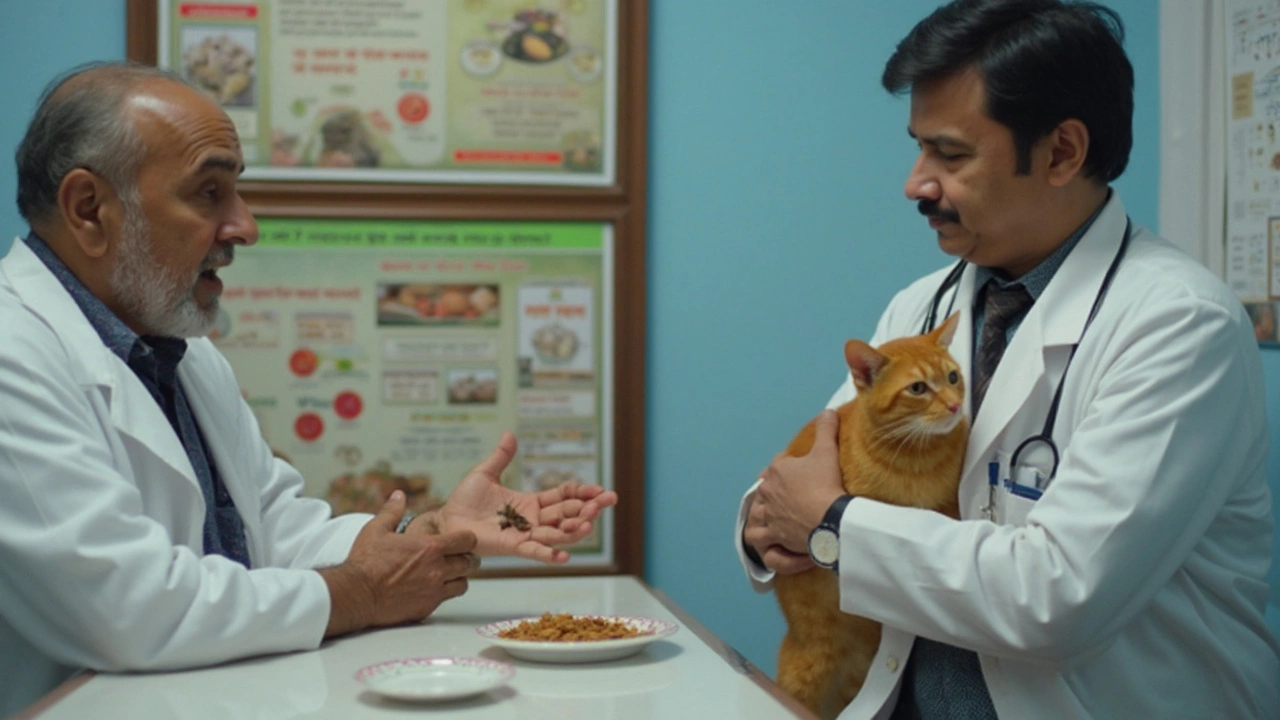
How to Switch Up Your Cat’s Routine
Switching up what your cat eats isn’t rocket science, but you do need to take it slow. Cats have sensitive stomachs and can get stubborn about new stuff in their dish. If you rush, you might end up with a cat that won’t touch dinner or, worse, cleaning up cat barf. The trick is to make changes gradual.
Start by adding just a little wet food to their usual dry portion. Don’t make it a sudden swap. Most vets suggest a simple 7-day method:
- Day 1-2: Mix 75% dry food with 25% wet food.
- Day 3-4: Go for half and half—50% dry, 50% wet.
- Day 5-6: Use 25% dry food and 75% wet food.
- Day 7: Feed your preferred mix or fully transition based on what your cat likes best.
Keep an eye on your cat’s appetite and, yes, their litter box. Loose poop or skipping meals means it’s time to slow down the switch or try a different mix ratio. Each cat’s tolerance is different, so use their reaction as your guide.
Here’s something handy: cats may drink less water when eating wet food, since it already packs more moisture. See the water difference in this quick table:
| Food Type | Average Moisture Content |
|---|---|
| Dry Food | 8-12% |
| Wet Food | 75-85% |
This extra moisture is key for cats that don’t drink much on their own—a common issue, especially with older cats and those prone to urinary problems. Just don’t forget that dry kibble still has a place: it stays fresh longer in the bowl and works for cats who want to graze during the day.
If your cat is picky, try warming up the wet food a little—room temp brings out the smell and taste. And make sure not to leave mixed food sitting out more than 20-30 minutes, since wet food goes bad fast.
Lastly, keep track of daily calories. Mixing foods can lead to accidental overfeeding if you don’t adjust portions. Balance is everything with cat food—aim for good nutrition, not just filling up their bowl.
Common Questions and Helpful Tips
Cats are notorious for being unpredictable. So when you start mixing wet and dry food, a few common questions always pop up. Let’s clear up the stuff everyone wonders about (or should):
cat food labels have feeding guides, but those can feel pretty vague when you’re mashing two types together. The basic trick? Watch your cat’s weight and use a measuring cup for both kinds, sticking to the total recommended calories for their size. Most healthy cats need about 20 calories per pound of body weight daily. If your cat is 10 pounds, that’s 200 calories a day from all food sources. Look at the calorie info on the packaging to find out how much of each to mix.
| Food Type | Calories per Ounce |
|---|---|
| Dry Kibble | 100-120 |
| Wet Canned | 25-35 |
People worry about leaving wet food out. Yes, it spoils faster. Wet food should only sit in the bowl for about 1-2 hours, especially when it’s warm out. Dry food can hang around longer, but don’t forget to dump anything uneaten after a day—no one wants moldy kibble.
Mixing can help picky eaters, but don’t assume every cat will love it instantly. Some need a slow intro—gradually mixing more of the "new" food in over a week to avoid tummy upset. And if your cat starts having soft stools, dial back and try a gentler transition or check with your vet.
Worried about hydration? Mixing wet food—even just a spoonful or two—helps a lot. Most cats don’t drink much on their own. Giving them extra moisture with their meals can make a difference, especially for older cats or those prone to urinary problems.
- Store opened cans of wet food in the fridge and use them within two days.
- Try warming refrigerated wet food to room temp before serving—cats tend to love it more.
- Always wash out the bowl between meals to prevent bacteria.
- If your cat ignores the mixed food, try different combo ratios or flavors.
If nothing works, or your cat keeps losing weight or seems sick, don’t wait—always check in with your vet. Every cat has their own quirks and health needs, and there’s no shame in needing a little help.

